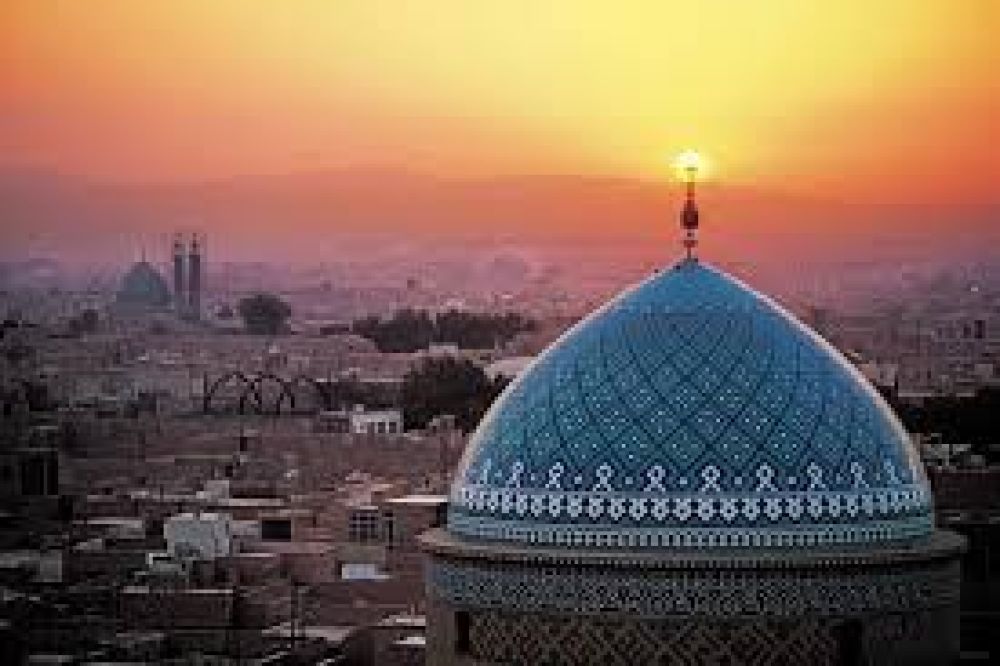

The city of Yazd, situated in the heart of Iran, holds a plethora of historical treasures among which the Seyyed Roknaddin Mausoleum stands out as a remarkable example of Islamic architecture and Persian heritage. The history of tourism around this mausoleum is inherently tied to the overall allure of Yazd as a city that exemplifies the Persian ingenuity in adapting to its arid desert environment.
The mausoleum is named after Seyyed Roknaddin Muhammad Qazi, a revered figure, with historical accounts suggesting that the mausoleum was constructed in the 14th century. Over the years, the site has been a place of pilgrimage and interest, attracting visitors owing to its spiritual significance and architectural beauty. The site is noted for its intricate tile work, magnificent dome, and the tall minarets that are a staple of Persian religious architecture.
Tourism at Seyyed Roknaddin Mausoleum gradually developed as part of the broader pattern of cultural tourism in Yazd. Initially, the flow of visitors consisted mainly of scholars, historians, and those on religious pilgrimages. However, as global awareness of Iran's rich cultural legacy grew, so did the number of international tourists seeking to explore its ancient cities.
In recent decades, Yazd has gained UNESCO World Heritage status, which has significantly heightened interest in its historical sites, including the Seyyed Roknaddin Mausoleum. Efforts by local and national tourism authorities to promote these cultural landmarks have highlighted their global historical significance, encouraging increased visitation.
In keeping with trends in sustainable tourism, there has been a growing emphasis on preserving the integrity of historic sites like the Seyyed Roknaddin Mausoleum. Eco-friendly tourism practices are being encouraged, with tours designed to minimize impact on the delicate desert environment and to respect the cultural norms of the local community.
Moreover, advancements in digital technology have led to innovative ways to experience sites remotely or with enriched onsite experiences through augmented reality (AR) and virtual reality (VR) platforms. Although these technologies are not yet widespread in Yazd, they represent potential future trends in the sector.
The modern tourism industry faces the ongoing challenge of striking a balance between welcoming visitors and preserving the historical site. Visitation must be managed carefully to prevent damage to the ancient structure, and tourists are encouraged to act responsibly to maintain the sanctity of the mausoleum.
Opportunities also abound in the development of cultural tourism packages that combine visits to the Seyyed Roknaddin Mausoleum with other historical and cultural sites in Yazd. These experiences offer deeper insight into the rich tapestry of Persian history and the Islamic Golden Age.
As an integral part of Yazd's historical fabric, the Seyyed Roknaddin Mausoleum continues to be a focal point for those interested in the spiritual and architectural grandeur of Iran. The tourism history of this site reflects a growing appreciation for the country's cultural heritage and an ongoing commitment to its preservation for future generations to experience and enjoy.